The Wolfenstein franchise is one of the most iconic in the universe of shooting games, especially for its pioneering contribution to first -person genre and immersion in alternative scenarios in history.
Created by ID software, the series started with Wolfenstein 3D in 1992, revolutionizing the graphics and gameplay of the time. Since then, the series has explored topics such as World War II, totalitarian regimes, alternative realities, and even science fiction, always with an intense action footprint and charismatic characters.
With over 30 years of history, Wolfenstein has won a legion of fans around the world, but not all franchise titles have maintained the same level of quality.
In this list, we will see the best and worst games in the series, evaluating the critical reception, the technological advances and, of course, the cultural impact each title had.
What are the best (and worst) Wolfenstein franchise games?
8) Wolfenstein: Cyberpilot (Note: 50)
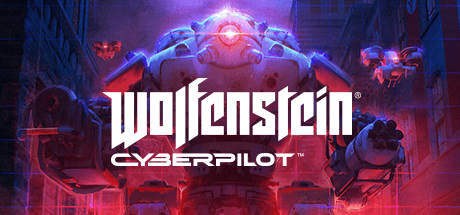
“Wolfenstein: Cyberpilot” is undoubtedly the most controversial title in the series. Launched as a virtual reality game, it has allowed players to control robots and vehicles from the Wolfenstein universe.
However, the reception was extremely negative. The game was criticized for its simplistic gameplay, weak graphics and a story that is not entitled to the franchise legacy.
Although he tried to innovate with virtual reality, “Cyberpilot” could not capture the spirit of the series. The criticism was unanimous in pointing out that the game moved away from Wolfenstein’s essence, delivering a shallow and unmanageous experience. For many, “Cyberpilot” was a failed attempt to expand the franchise to new technologies.
7) Wolfenstein 3D (Note: 66)
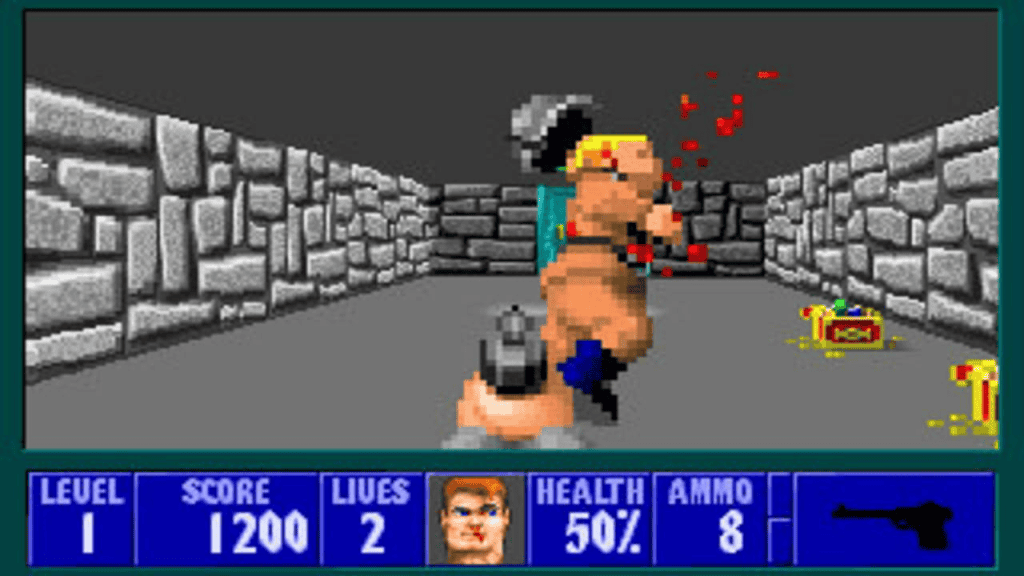
Like the first game in the series, “Wolfenstein 3D” has revolutionized the world of first -person games, and is considered the forerunner of many of the modern games of the genre. Launched in 1992, the game presented a rudimentary 3D world and gameplay focused on shooting and exploring.
Despite its historical impact, “Wolfenstein 3D” could not resist the test of time very well. The gameplay is quite simple and the graphics, however innovative they were for the time, seem dated today. However, its legacy is indisputable as it has paved the way for many modern FPS games and established the formula that would be used in subsequent titles.
6) Wolfenstein: Youngblood (Note: 69)
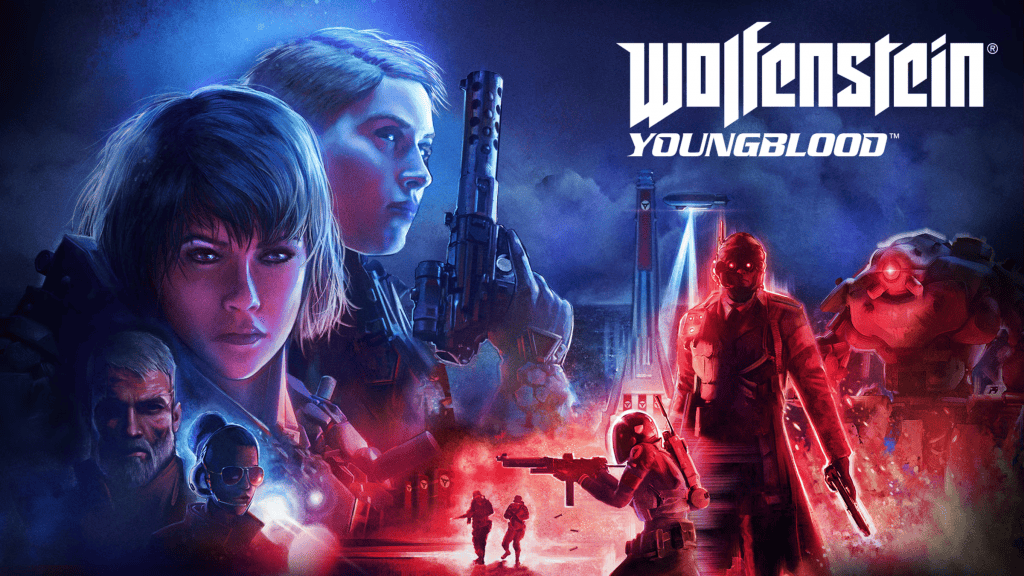
“Wolfenstein: Youngblood” was one of the most controversial games in the series. Developed as a spin-off, he follows the twin daughters of Bj Blazkowicz, Sophia and Jess in his fight against the Nazis. The main difference from “Youngblood” to other franchise games is its focus on a cooperative approach, where players can come together to face Nazi forces.
Although the idea of a cooperative game was innovative, “Youngblood” was criticized for its microtransations and lack of content. Many thought that the cooperative formula did not fit the franchise well and that the game did not deliver the same narrative quality and action as previous titles. Criticism highlighted the lack of focus on history and the repeatability of missions, which diminished the impact of experience.
5) Wolfenstein 2009 (Note: 72)
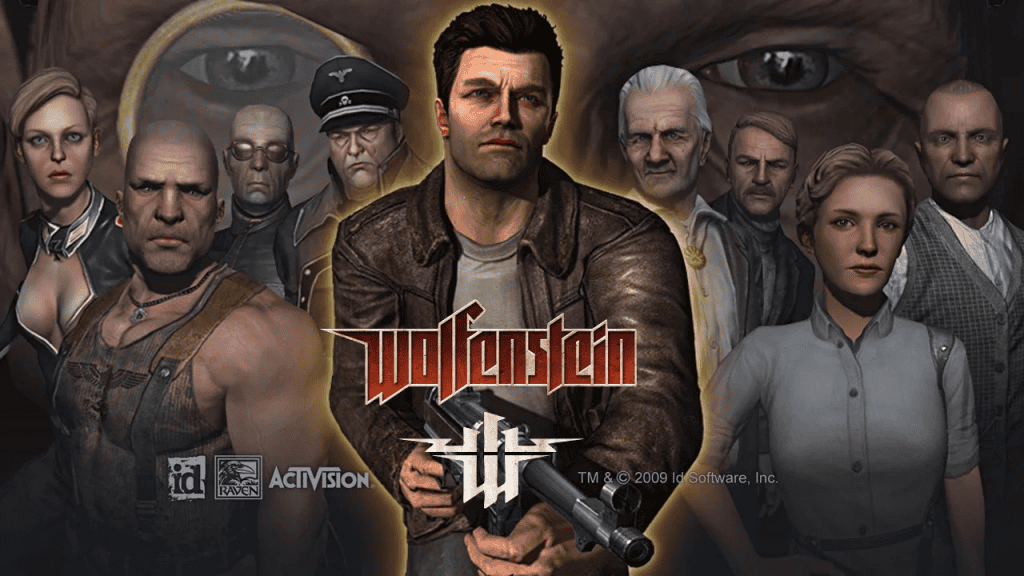
“Wolfenstein 2009” is often considered one of the most forgotten titles in the series. Developed by Raven Software and published by Activision, the game was an attempt to restart the franchise. Despite introducing some interesting mechanics, such as the ability to use technology from another dimension, the reception was mixed.
The critic highlighted the gameplay of solid shooting, but criticized the predictable plot and graphs below expectations. Although he tried to expand the Wolfenstein universe with new ideas, the game could not capture the same magic as previous titles. Still, some fans of the series consider a decent game, even below the franchise average.
Also read:
4) Wolfenstein: The Old Blood (Note: 76)
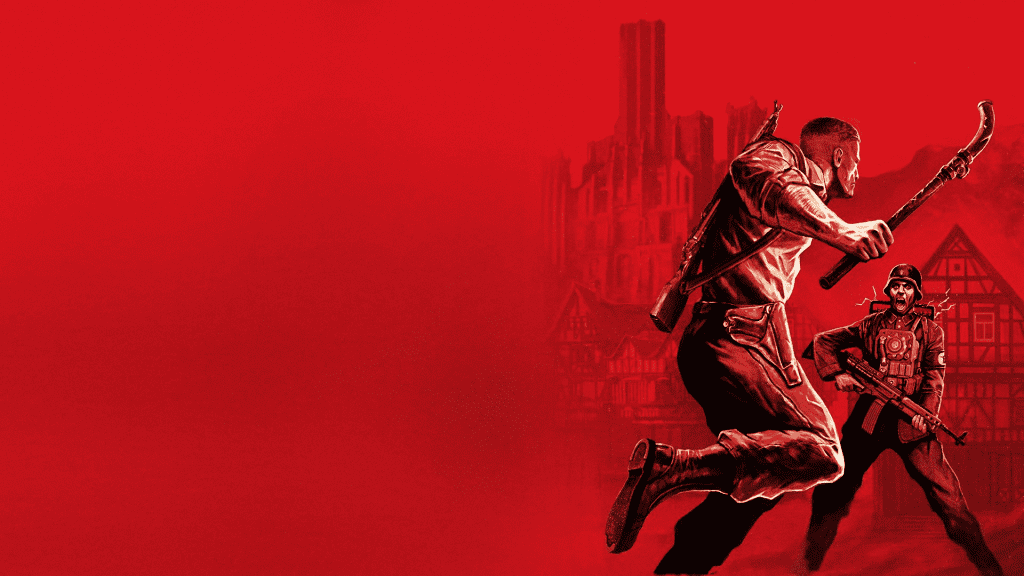
Launched as a prequel to “The New Order, Wolfenstein: The Old Blood” offers an even more frantic and immersive action experience. Although it does not have the same narrative depth as its predecessor, the game is a solid addition to the franchise. It mixes the same refined gameplay as “The New Order” with new enemies and challenges. Players control BJ Blazkowicz on their mission to stop the Nazi plans to create secret weapons.
Although “The Old Blood” was praised for its gameplay and atmosphere, many thought the game failed to bring something innovative, being seen as an expanded DLC instead of a completely new experience. Still, it was a good option for fans of the series who wanted more action in the Wolfenstein universe.
3) Wolfenstein: The New Order (Note: 79)
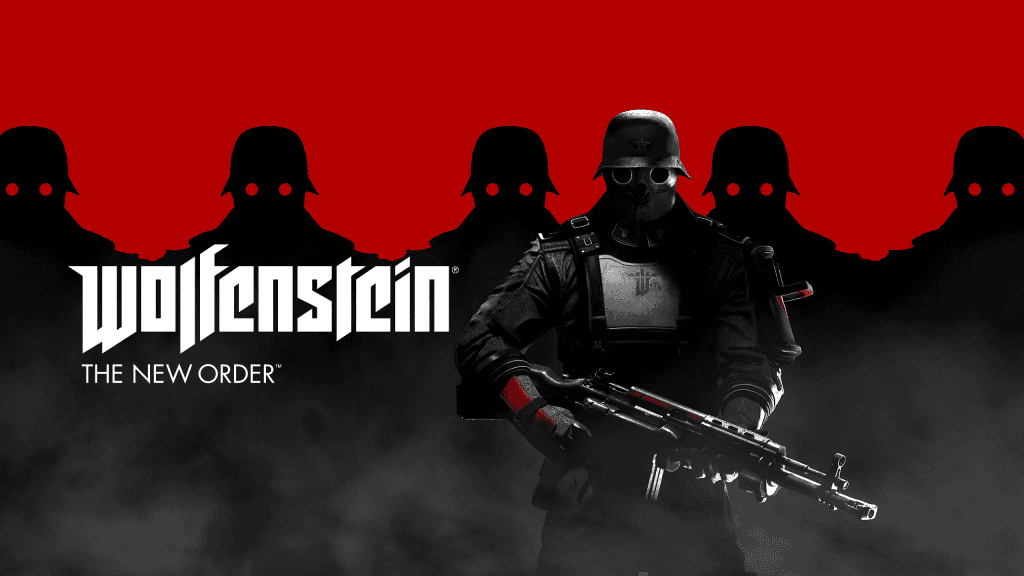
“Wolfenstein: The New Order” is another Machinegames success, released in 2014. The game was a milestone for the franchise, as it invigorated interest in first -person shooting games, bringing a new narrative and approach to the Wolfenstein universe.
Set in an alternative scenario where Nazis have won World War II, “The New Order” follows BJ Blazkowicz in his fight against the world -controlled Nazis. The criticism praised the title for its solid gameplay, engaging narrative and the revitalization of a historical franchise.
The game brought modern gameplay, but with a touch of nostalgia, with its intense action sequences and captivating characters. Level design, varied enemies and the integration of science fiction elements were well received. The story of BJ Blazkowicz and his struggle for freedom resonated with many fans, and the game quickly became a favorite of critics and the public.
2) Return to Castle Wolfenstein (Note: 84)
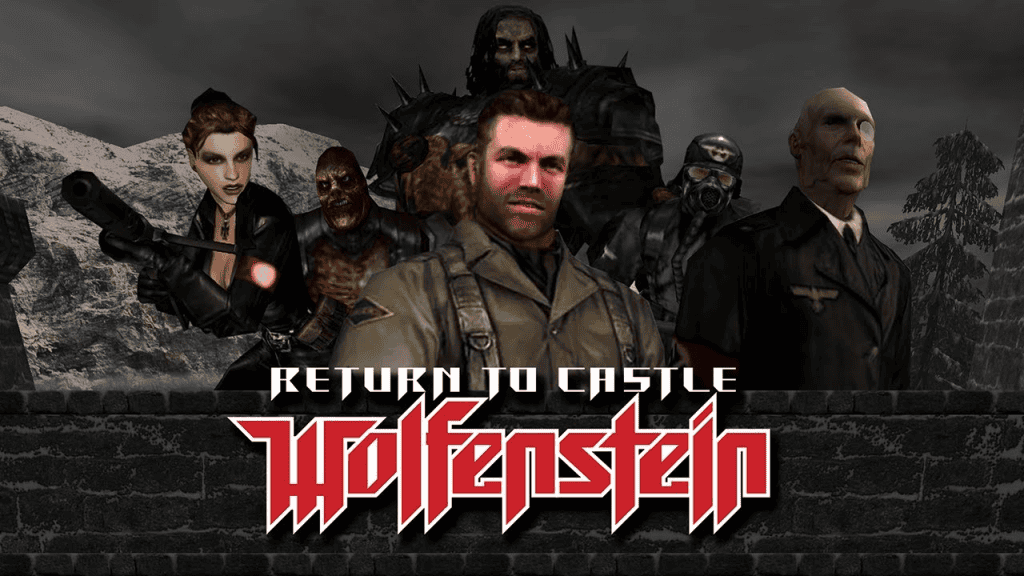
Launched in 2001, “Return to Castle Wolfenstein” is one of the most respected titles in the series. He brought the franchise to the modern 3D scenario, taking advantage of the graphic advances of the time and placing players at the center of the action in an environment of World War II with supernatural elements. History mixes the fight against the Nazis with a plot involving monsters and scientific experiments, which makes it unique within the franchise.
In addition, the game was one of the first great FPS online multiplayer experiments, bringing ways such as “Team Deathmatch” and “Ob-Based Gameplay”. The criticism praised him for his solid gameplay, the quality of his graphs for the time and the tense but immersive atmosphere.
Although multiplayer has not had the same impact as other titles, campaign mode remained relevant and captivating, ensuring a prominent place in the history of the franchise.
1) Wolfenstein II: The New Colossus (Note: 87)

The apex of the Wolfenstein franchise for many players, “Wolfenstein II: The New Colossus” was the direct sequence of “The New Order” and brought an even more engaging story.
Developed by Machinegames, the game presents an exciting narrative that mixes intense action with moments of reflection on resistance and freedom.
Set in an alternative world where the Nazi regime won World War II and dominates the United States, the title follows the protagonist BJ Blazkowicz in his struggle to overthrow the totalitarian regime.
The game is widely praised for its plot, deep characters and refined gameplay. The variety of weapons, the artificial intelligence of enemies, and film moments make “The New Colossus” one of the most impactful first -person shooting games of their generation.
The criticism highlighted the way the game mixes frantic action with a plot that touches social issues, creating an engaging experience.